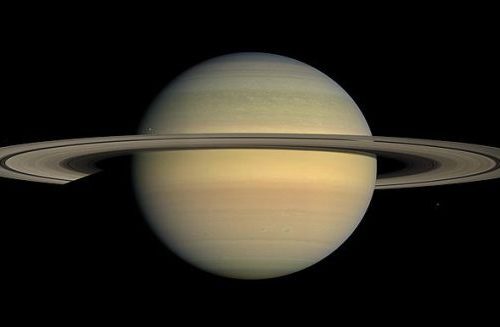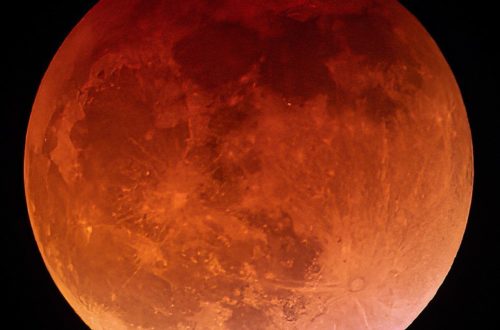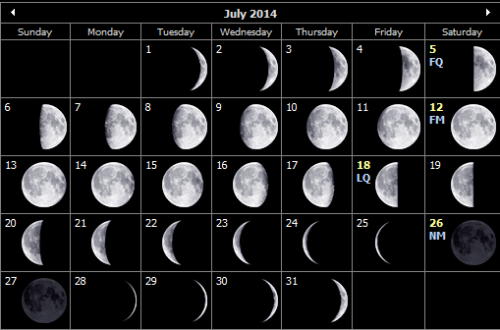Monthly Stargazing Calendar for December 2013
Looking for the December 2025 stargazing calendar?

Comet ISON as captured by TRAPPIST on 15 November 2013.
Last month on Thanksgiving day comet ISON made a close approach to the Sun and unfortunately disintegrated in the process. It is possible that small pieces of the comet survived this encounter and if so, they will pass near the Earth by the end of this month.
Would you like to be notified of stargazing events?
Additionally we will witness two meteor showers this month as well as the December solstice on the 21st.
The peak of the Geminids meteor shower will occur on the night of December 13 and 14. The Geminids is considered by many to be the best meteor shower, producing up to 120 multicolored meteors per hour at its peak. It originates from debris left behind by an asteroid known as 3200 Phaethon, which was discovered in 1982. Some meteors may be visible from December 7 to 17. The waxing gibbous moon will block out some of the meteors this year, but the Geminids are so bright and numerous that it should not cause any problems, especially if viewing from a dark location far from city lights. Meteors will appear to radiate from the constellation Gemini, but can appear anywhere in the sky.
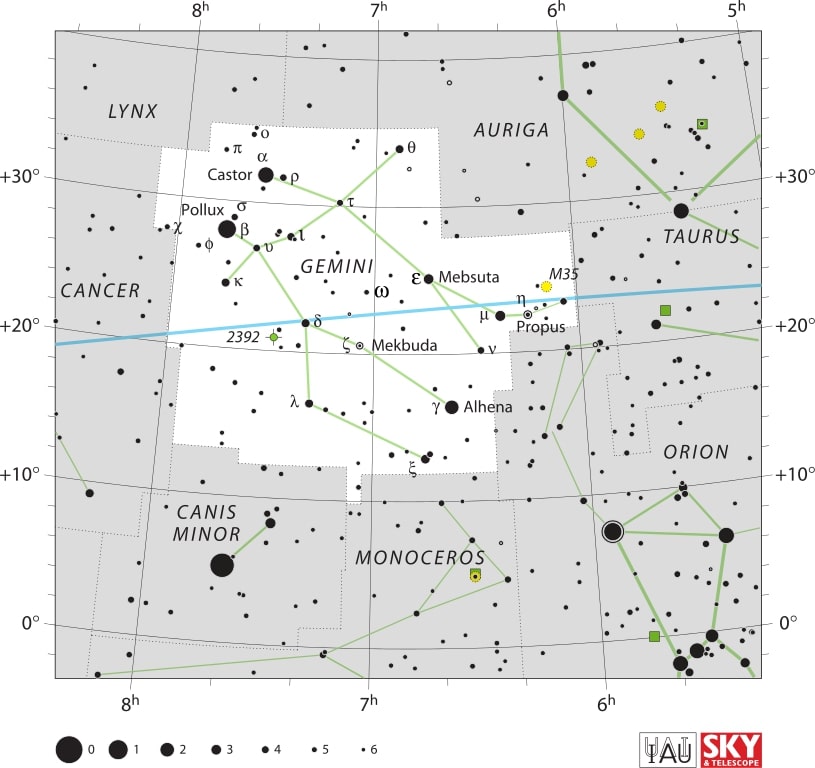
Finally on the night of December 21 and 22 the Ursids meteor shower will peak. It is a minor meteor shower producing only about 5-10 meteors per hour. It originates from dust grains left behind by comet Tuttle, which was first discovered in 1790. Unfortunately the second quarter moon will be bright enough to hide all but the brightest meteors. Meteors will appear to radiate from the constellation Ursa Minor, but can appear anywhere in the sky.
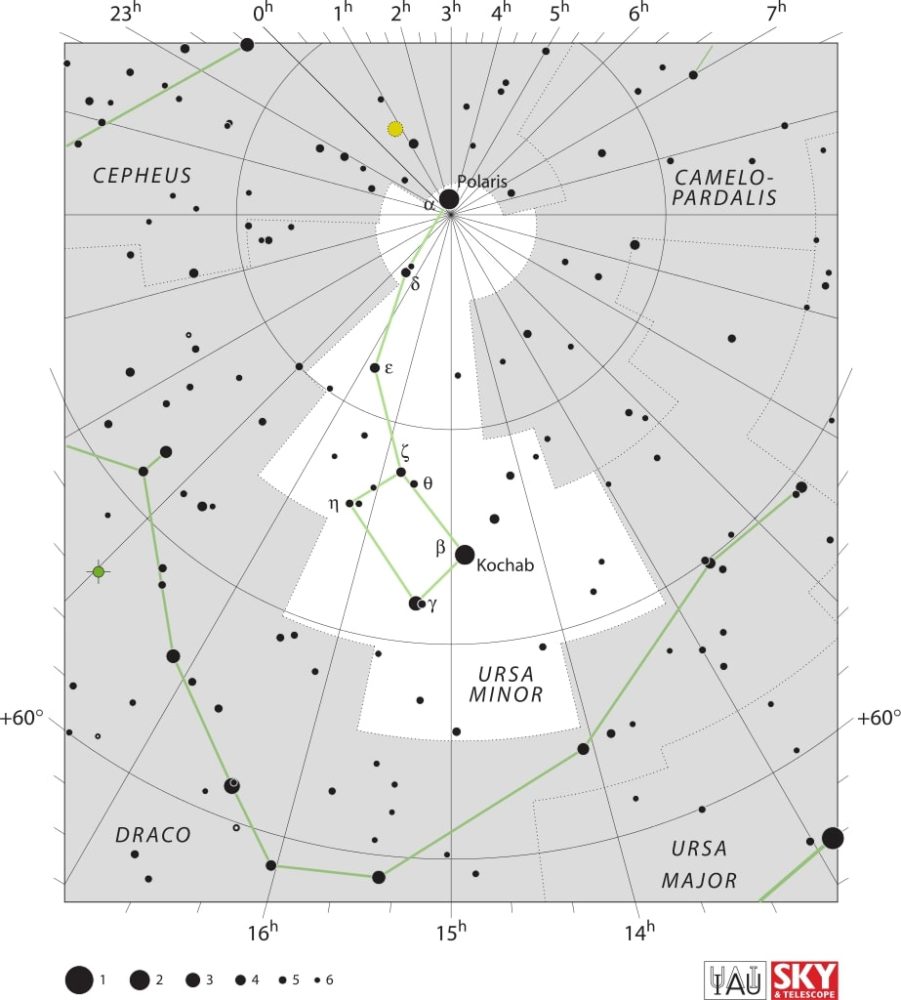
Moon phases
As you know, the moon has a big impact on the visibility of celestial bodies in the night sky. So here are the moon’s phases for this month:
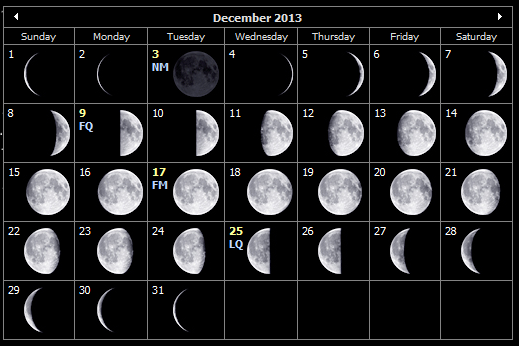
Positions of the planets this month
Mercury: The closest planet to the Sun can be seen at dawn and dusk travelling across the constellation of Scorpius and Ophiuchus. This planet, being the closest to the Sun, will appear to move quickly in the night sky and its position will change in the following weeks.
Venus: The sister planet can be seen between the constellations of Sagittarius and Capricornus. Just like Mercury, Venus can only be seen at dawn and dusk.
Mars: The red planet can be seen in the constellation of Virgo.
Jupiter: The gas giant is visible in the constellation of Gemini. Jupiter can easily be spotted with the naked eye, even in highly illuminated cities.
Saturn: The ringed giant can be seen with the naked eye between the constellations of Virgo and Libra.
Uranus: The gas giant can be seen between the constellations of Pisces and Cetus with the use of a telescope.
Neptune: The blue giant requires a telescope pointed in the constellation of Aquarius in order to be seen.
Major astronomical events next month
- January 2, 3 – Quadrantids Meteor Shower.
- January 5 – Jupiter at Opposition.
See also:
- Previous month’s calendar: Stargazing Calendar for November 2013
- Next month’s calendar: Stargazing Calendar for January 2014
Would you like to receive similar articles by email?



